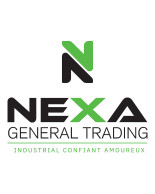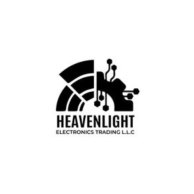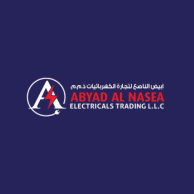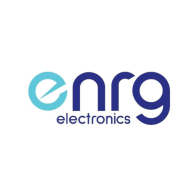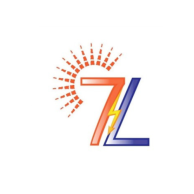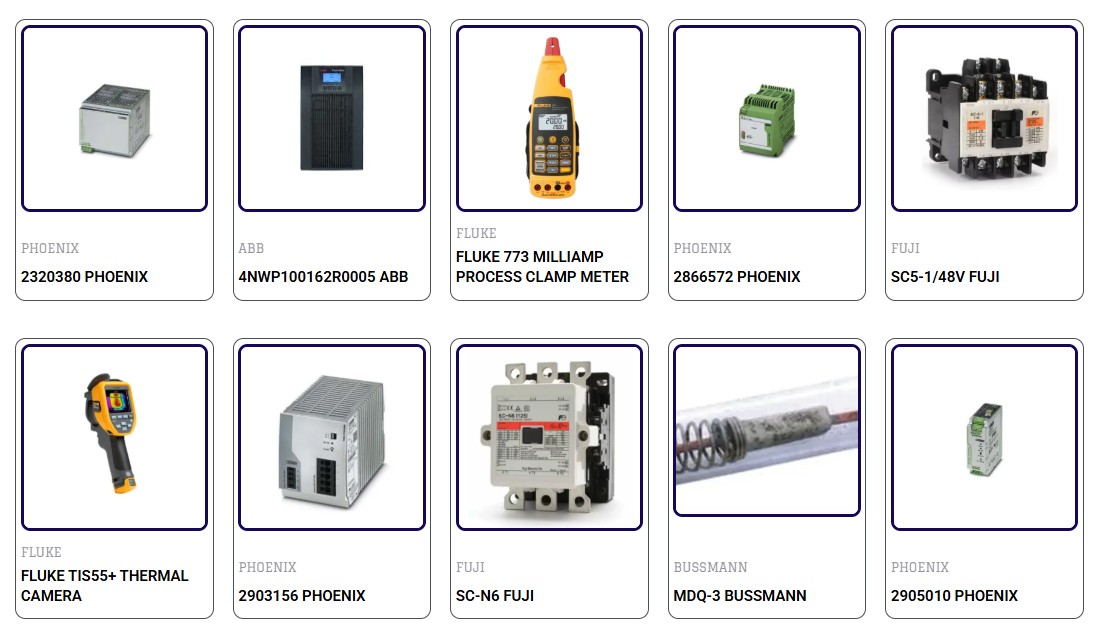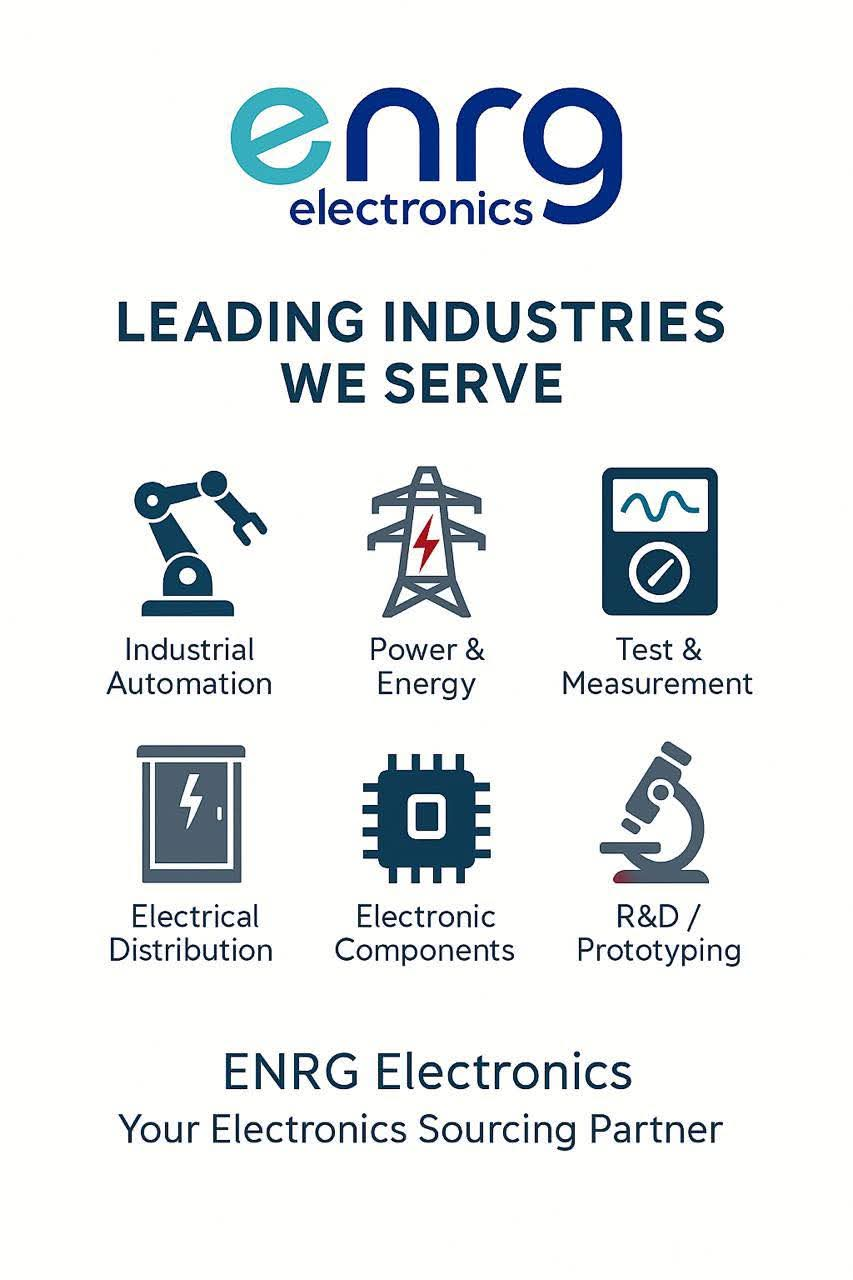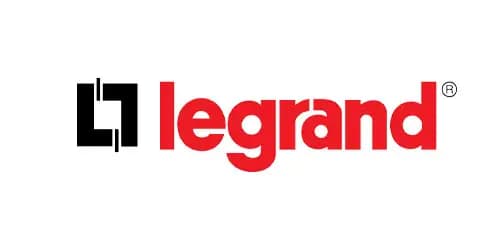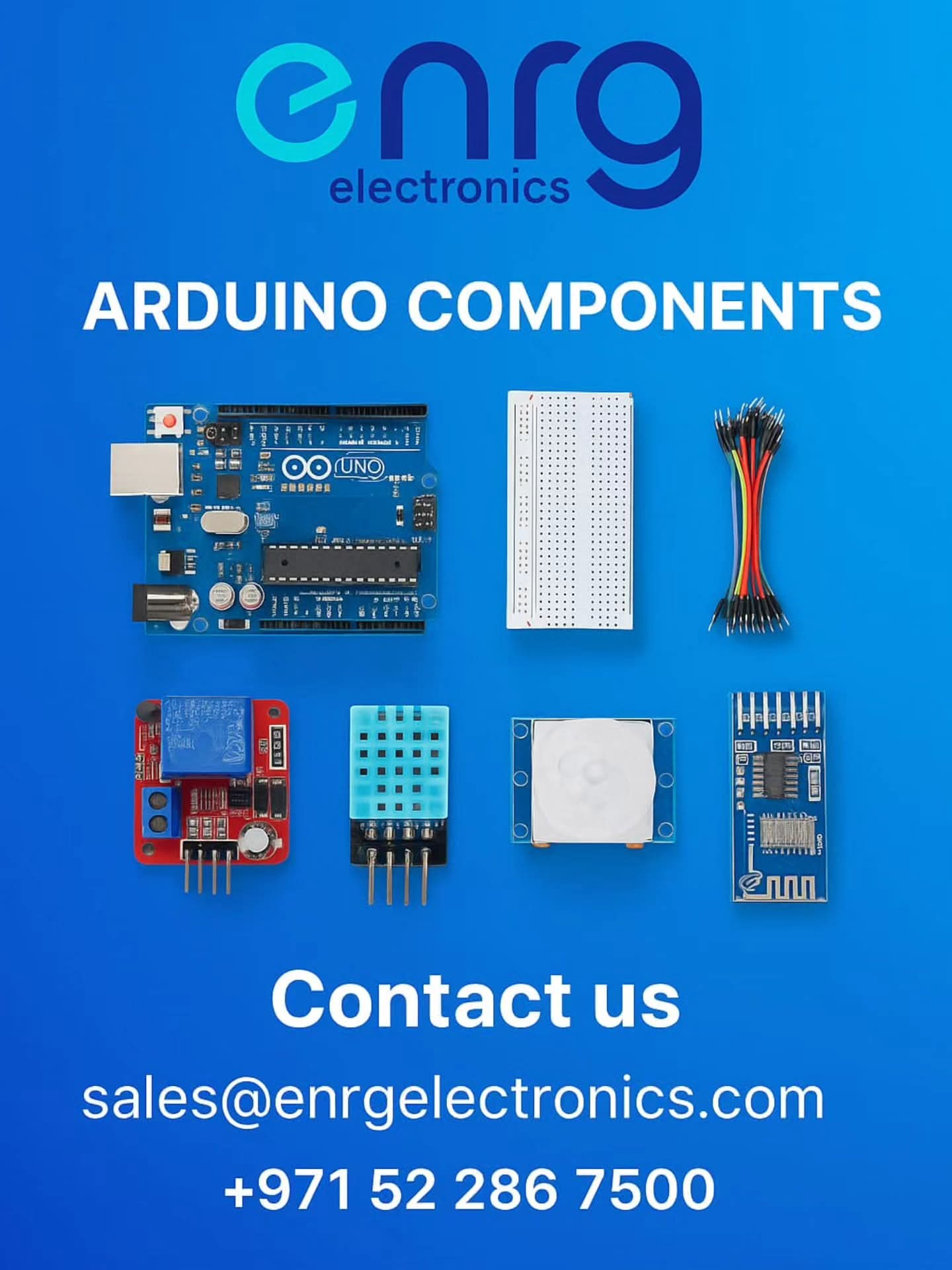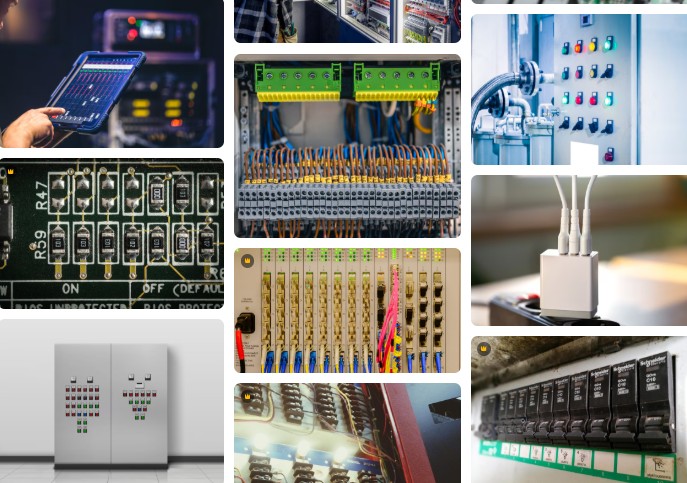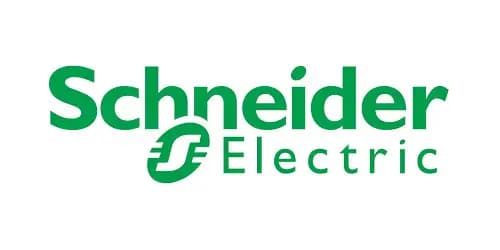Top 10 DANFOSS Displays and Inverter Suppliers in Dubai
Dubai stands as a pivotal hub for industrial automation and energy-efficient solutions in the Middle East. Among the leading brands in this sector is Danfoss, renowned for its high-quality displays and inverter drives. These components are integral to various applications, including HVAC systems, water treatment plants, and industrial machinery. This article delves into the landscape of Danfoss display and inverter suppliers in Dubai, highlighting their offerings and what customers can expect.store.danfoss.com+4Atninfo+4RS Components+4
Danfoss displays and inverters are essential components in modern industrial automation. Displays provide real-time monitoring and control interfaces for systems, allowing operators to oversee performance metrics and make adjustments as needed. Inverters, on the other hand, are devices that convert direct current (DC) to alternating current (AC), enabling precise control of motor speeds and enhancing energy efficiency. Danfoss offers a range of these products, including the VLT® and VACON® series, which are widely used across various industries for their reliability and performance.
1. Nexa
General Trading LLC
Business Center 1, M Floor
The Meydan Hotel, Al Meydan Road
Near Meydan Hotel, Nad Al Sheba
Dubai, 82450
2.
TTE (Technical
Trading Establishment)
P.O. Box 261035
Office #FZJOA1406
Tower A, Jafza One Building
Jebel Ali Free Zone
Dubai, UAE
3.
Gulf Instruments
P.O. Box 26416
Dubai, UAE
4.
Kempston Controls
LLC
P.O. Box 60998
45 13th St, Umm Ramool
Dubai, UAE
5.
SupplyVan.com (AL
HATIMI Trading LLC)
P.O. Box 36133
Dubai, UAE
6.
Dubai Sensor
Dubai, UAE
7.
ENGPHIL
Dubai, UAE
8.
HVAC DXB
Dubai, UAE
9.
RS UAE
Dubai, UAE
10. ReachUAE
Dubai, UAE
Displays and Invertor Suppliers in Dubai
Displays and inverters are essential components in modern electronic, industrial, and renewable energy systems. While displays provide visual information to users for monitoring and control, inverters convert direct current (DC) into alternating current (AC), enabling seamless operation of electrical systems. Together, these technologies enhance efficiency, monitoring accuracy, and operational control across a wide range of applications, from industrial machinery to solar power systems and home electronics.
🖥️ Understanding Displays
Displays are devices used to present information visually to users in real-time. They include LCDs, LED screens, touchscreens, and digital panels that show data such as voltage, current, temperature, system status, or operational instructions. In industrial setups, displays help operators monitor machinery, diagnose faults, and optimize processes. High-quality displays offer clear visibility, durability, and accurate readings, which are crucial for safety and efficiency in complex systems.
⚙️ Types of Displays
1. LCD (Liquid Crystal Display)
-
Uses liquid crystals to produce images.
-
Common in computer monitors, TVs, and industrial panels.
-
Advantages: Low power consumption, sharp image quality, and compact design.
2. LED (Light Emitting Diode)
-
Uses LEDs as a backlight or for direct display.
-
Common in large screens, outdoor displays, and signage boards.
-
Advantages: High brightness, energy efficiency, and long lifespan.
3. OLED (Organic LED)
-
Each pixel emits its own light.
-
Provides better contrast, faster response, and flexibility.
-
Common in smartphones, premium TVs, and wearable devices.
4. Touchscreen Displays
-
Allows direct interaction via touch.
-
Common in smartphones, tablets, industrial control panels, and kiosks.
-
Advantages: Intuitive interface and multi-functional operation.
💡 Key Applications of Displays
-
Consumer Electronics – Smartphones, laptops, TVs, and gaming devices.
-
Industrial Systems – HMI panels, digital dashboards, and monitoring equipment.
-
Medical Devices – Patient monitoring, diagnostic equipment, and imaging systems.
-
Automotive – Instrument clusters, infotainment systems, and navigation displays.
-
Advertising & Signage – LED billboards, digital signage, and information kiosks.
✅ Advantages of Modern Displays
-
High Visual Clarity – Sharp and accurate images for better readability.
-
Energy Efficiency – Modern displays consume less power while maintaining brightness.
-
Interactivity – Touchscreens and gesture-based displays enhance user interaction.
-
Durability – Industrial-grade displays withstand harsh conditions like heat, dust, and vibration.
-
Versatility – Suitable for entertainment, industrial, medical, and commercial applications.
⚡ The Role of Inverters in Dubai
Inverters are electronic devices that convert DC power from batteries or renewable sources like solar panels into AC power suitable for household or industrial equipment. They play a vital role in energy management, enabling efficient utilization of renewable energy and backup systems during power outages. Modern inverters also include features like overload protection, voltage regulation, and integration with smart monitoring systems. In industrial settings, inverters help control motors, machinery, and automated processes with precision, improving overall productivity. Inverters play a vital role in modern electrical and electronic systems, converting direct current (DC) into alternating current (AC) to power a wide range of devices and equipment. They are essential for applications where AC power is required but only DC sources are available, such as in solar power systems, battery backups, and electric vehicles.
⚙️ Key Functions of Inverters
1. DC to AC Conversion
2. Voltage Regulation
-
Maintains stable output voltage to protect sensitive electronic equipment from fluctuations.
-
Ensures smooth and reliable operation of devices like computers, motors, and medical equipment.
3. Frequency Control
4. Backup Power Supply
-
Provides uninterrupted power during outages when integrated with UPS (Uninterruptible Power Supply) systems.
-
Essential for hospitals, data centers, and critical infrastructure.
🌟 Advantages of Using Inverters
-
Energy Efficiency – Optimizes the use of renewable energy and reduces electricity wastage.
-
Versatility – Can be used in solar systems, electric vehicles, industrial machinery, and home appliances.
-
Safety – Protects devices from voltage surges and fluctuations.
-
Cost Savings – Reduces dependency on grid electricity, lowering operational costs.
-
Enhanced Device Lifespan – Provides stable power, reducing wear and tear on electrical appliances.
✅ Benefits of Using Displays and Inverters in Dubai
Combining reliable displays with high-performance inverters offers multiple advantages for industries and households. Displays enhance real-time monitoring, enabling quicker decision-making and system optimization. Inverters ensure energy efficiency, provide uninterrupted power supply, and reduce reliance on conventional electricity sources. Together, they improve safety, reduce operational costs, and enhance the longevity of electrical systems. Businesses also benefit from reduced downtime and better process control, while residential users enjoy stable and efficient power supply for electronic devices and appliances. Modern industries and households rely heavily on displays and inverters to ensure efficiency, safety, and convenience in daily operations. Both technologies play complementary roles in monitoring, controlling, and managing electrical systems and processes.
🖥️ Benefits of Using Displays
1. Enhanced Visual Clarity
Displays provide accurate and sharp visuals, making it easier to monitor systems, analyze data, and make informed decisions.
2. Real-Time Monitoring
Industrial and smart displays allow instant observation of system parameters, reducing response times and preventing errors.
3. User-Friendly Interaction
Touchscreen and interactive displays simplify operations, enabling intuitive control of machines and processes.
4. Versatility Across Applications
From industrial HMIs, dashboards, and medical monitors to consumer electronics, displays adapt to multiple environments.
5. Durability and Reliability
High-quality displays are resistant to dust, vibration, and temperature variations, ensuring long-lasting performance in challenging environments.
⚡ Benefits of Using Inverters
1. Energy Efficiency
Inverters optimize energy usage by converting DC to AC efficiently, reducing energy losses and operational costs.
2. Backup Power Support
They provide uninterrupted power during outages, protecting critical devices like computers, medical equipment, and industrial machines.
3. Voltage and Frequency Regulation
Inverters stabilize voltage and frequency, safeguarding sensitive electronics from damage caused by fluctuations.
4. Support for Renewable Energy
In solar or battery-based systems, inverters enable efficient utilization of renewable energy, promoting sustainability.
5. Extended Equipment Lifespan
By supplying stable and consistent power, inverters reduce wear and tear on electrical appliances and machinery.
Frequently Asked Questions About Displays and Invertor Suppliers in Dubai
1. What is the primary function of a display?
Displays
provide visual information and real-time system data to help monitor and
control operations.
2. What does an inverter do?
An
inverter converts direct current (DC) into alternating current (AC) for use in
electrical appliances and industrial machinery.
3. What types of displays are commonly used?
LCDs, LED
screens, digital panels, and touchscreens are commonly used in industrial and
consumer applications.
4. Where are inverters used?
Inverters
are used in solar power systems, industrial machinery, UPS systems, and
household appliances.
5. How do displays improve operational efficiency?
They
allow operators to monitor systems, identify faults, and make quick adjustments
for optimized performance.
6. Can inverters help save energy?
Yes,
inverters optimize power conversion, reduce wastage, and improve energy
efficiency.
7. Are there smart displays integrated with
inverters?
Yes, many
modern inverters include digital displays for real-time monitoring and remote
system management.
8. How do I choose the right inverter?
Consider
factors like power capacity, application type, voltage requirements, and
integration with renewable sources.
9. What maintenance do displays and inverters
require?
Regular
cleaning, inspection, firmware updates for smart devices, and checking for
overheating or electrical faults.
10. Can displays and inverters be customized for
specific applications?
Yes,
manufacturers often provide customized solutions for industrial, commercial,
and residential needs.
